Women in the Civil Service, WW1: winning the battle for acceptance

...By April 1916 the number of direct replacements of men by women in the Civil Service was 73,000. By December 1918, the number of women and girls employed in the...

...By April 1916 the number of direct replacements of men by women in the Civil Service was 73,000. By December 1918, the number of women and girls employed in the...
...that many future Prime Ministers would continue to require. A number of MPs helped him manage votes in the Commons. In the Lords the same task was performed by Edmund...
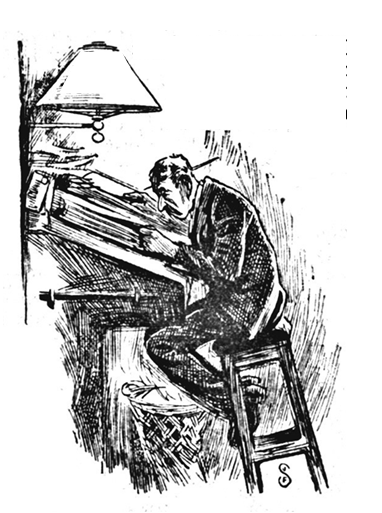
...a number of temporary clerks of both sexes joined the department, ( the number of female clerks was increased from 37 to 76): this helped to alleviate the situation, but...

...the designer), the registered design number, the date of registration and sometimes a description of the design the corresponding volumes of representations, into which are pasted drawings, paintings, photographs or...

...of the military and intelligence organisations, thwarted by international politics, the British Government embarked with France and Israel on a flawed plan to force Nasser’s capitulation and Egyptian regime change...
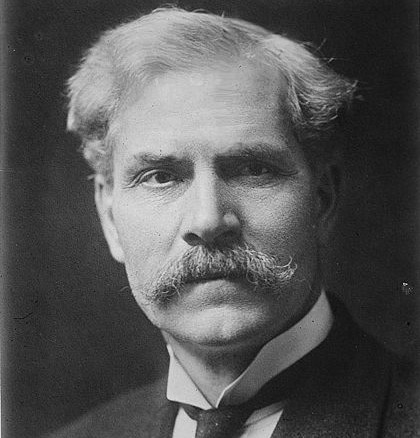
...that high unemployment, industrial unrest and deflation could only be tackled successfully if external factors such as debt settlement and trade expansion could be settled. But international agreement on intractable...
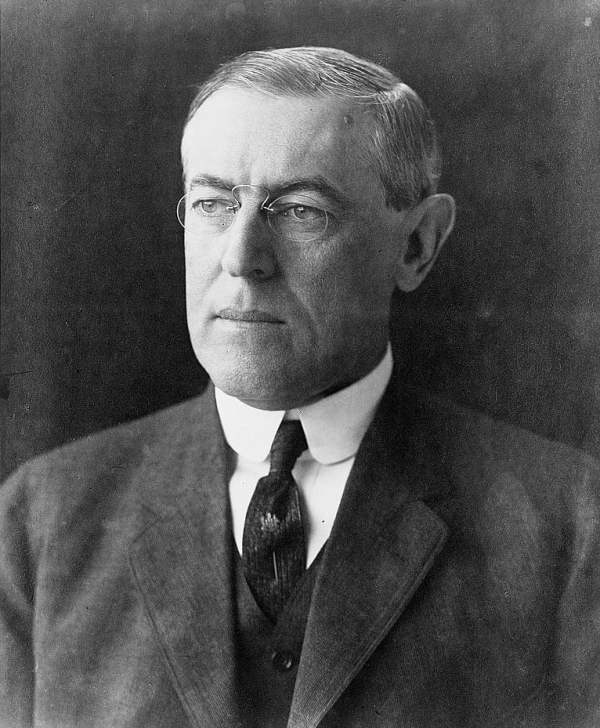
...in yellow, Central powers in purple, Allied or Entente powers in green. (Wikimedia Commons.org) The last, and most famous point, was the suggestion for the formation of an international association...
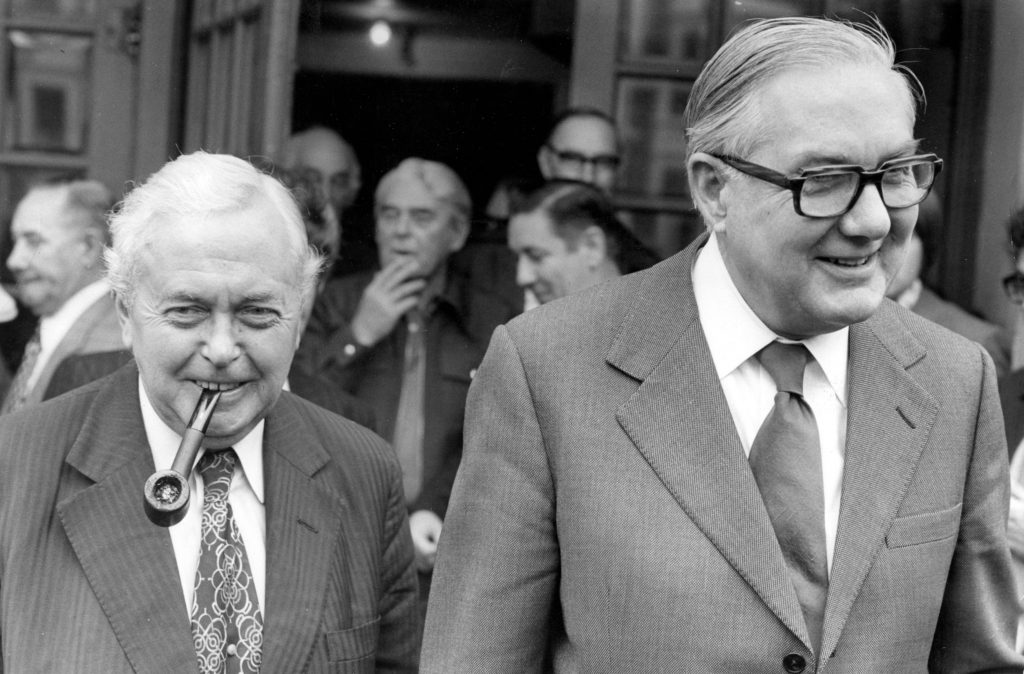
...in Europe and the United States, the announcement by the Labour government headed by Harold Wilson administered a severe shock to international confidence and to domestic opinion in the UK....
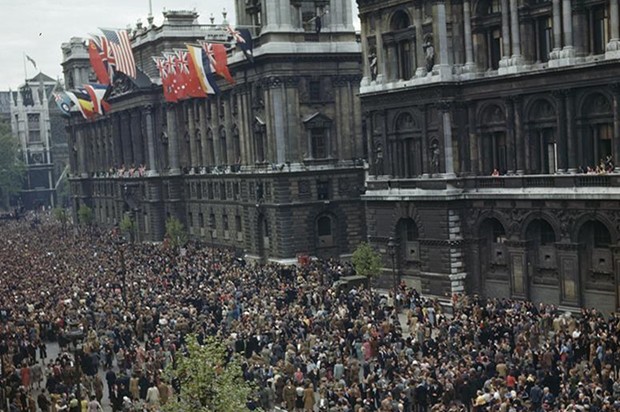
...and its Political Aftermath: a British Perspective’, in Bennett, op. cit. [4] Conference held 1-22 July 1944 providing for the establishment of an International Monetary Fund and International Bank for...
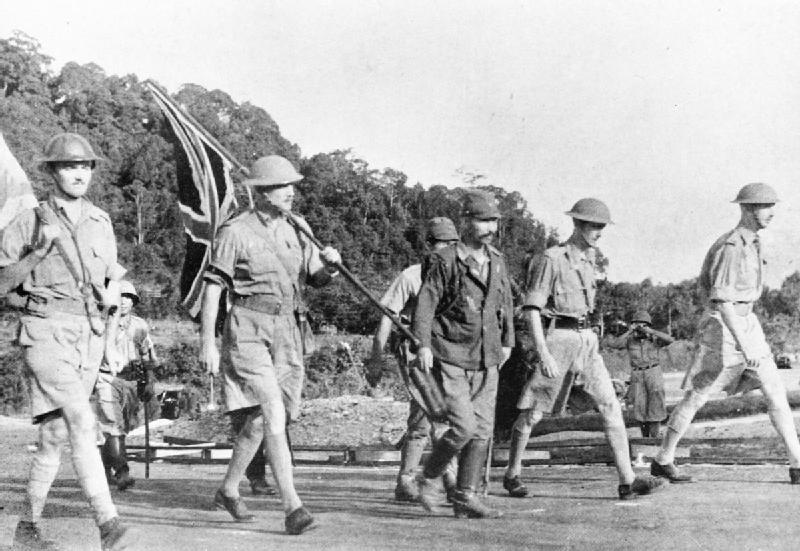
...international order with military aggression against the Chinese Republic, in Manchuria (September 1931) and Shanghai (January 1932). There was little international response: the League of Nations was militarily toothless, the...